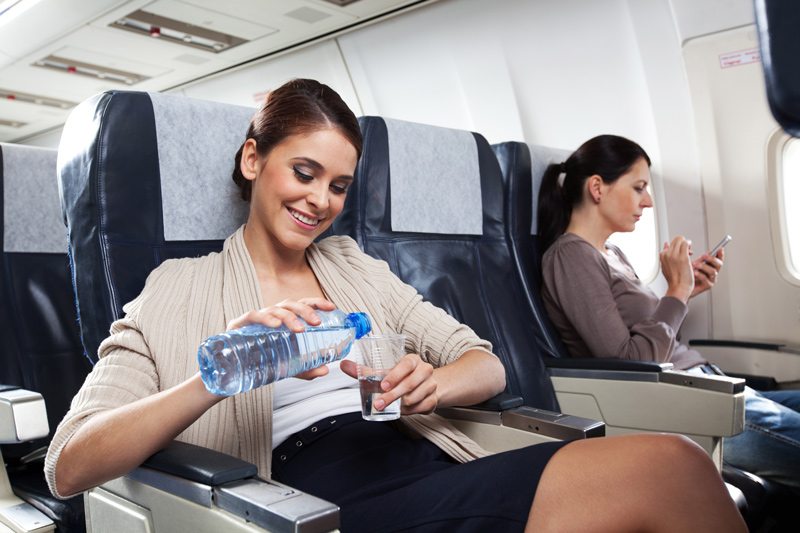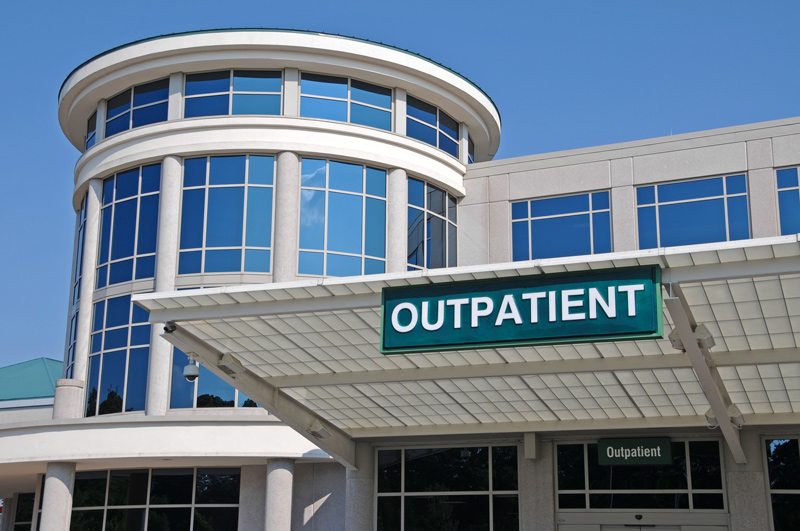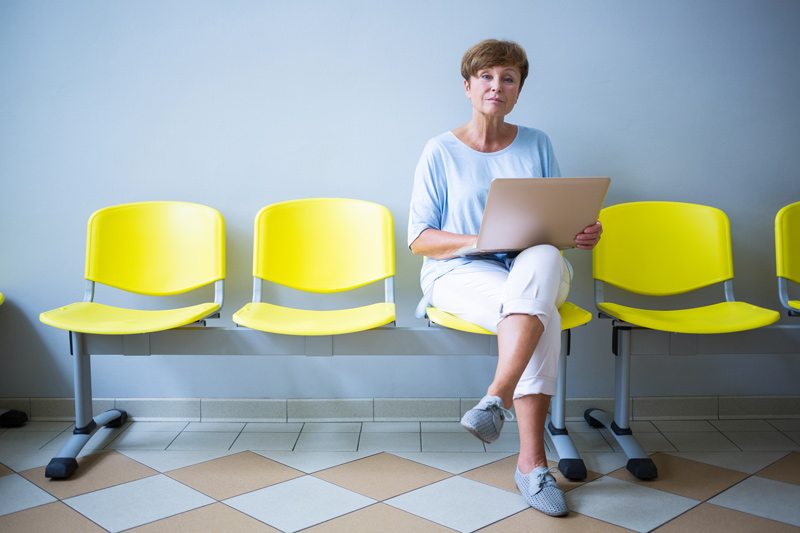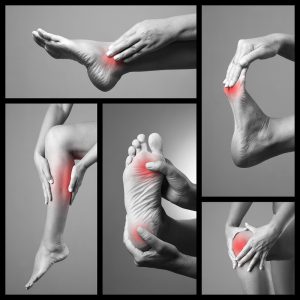
Why Winter Is the Best Time for Varicose Vein Treatment
Below are five reasons why winter is the best time for varicose vein treatment.
1) Compression Stockings are Easier to Tolerate in the Winter

By scheduling your treatment in the winter, these sensations are not as pronounced because the weather is cooler.
Wearing pants over compression stockings will be much more tolerable in cooler weather than in the summer months.
2) Your Legs Will Have Time to Respond to Treatment Before Spring and Summer
If you want to show off your treated legs during spring or summer, winter is the best time for varicose vein treatment. This will allow plenty of time for healing.
3) Your Treated Legs Will Likely be Hidden from View

If treatment is completed during the winter months, people will not even notice that you have undergone a procedure to eliminate spider and varicose veins.
4) Patients are Less likely to Engage in Strenuous Activity

Because most people tend to exercise less in the winter months, it is a bit easier to adjust their exercise routines.
If you love the summer sun and swimming, take note that avoiding sun exposure and public swimming pools for a time after vein treatment is recommended.
5) Varicose Veins are Often at Their Worst During the Winter

Lack of exercise can cause more pooling of blood in the legs.
It’s common for people to put a little weight on in the winter which doesn’t help either.
Failure to seek treatment for your varicose and spider veins can cause pain and other symptoms to worsen.
Winter really is the best time for varicose vein treatment. But if you are suffering and don’t want your condition to get worse, you should seek treatment right away regardless of the time of year.






















